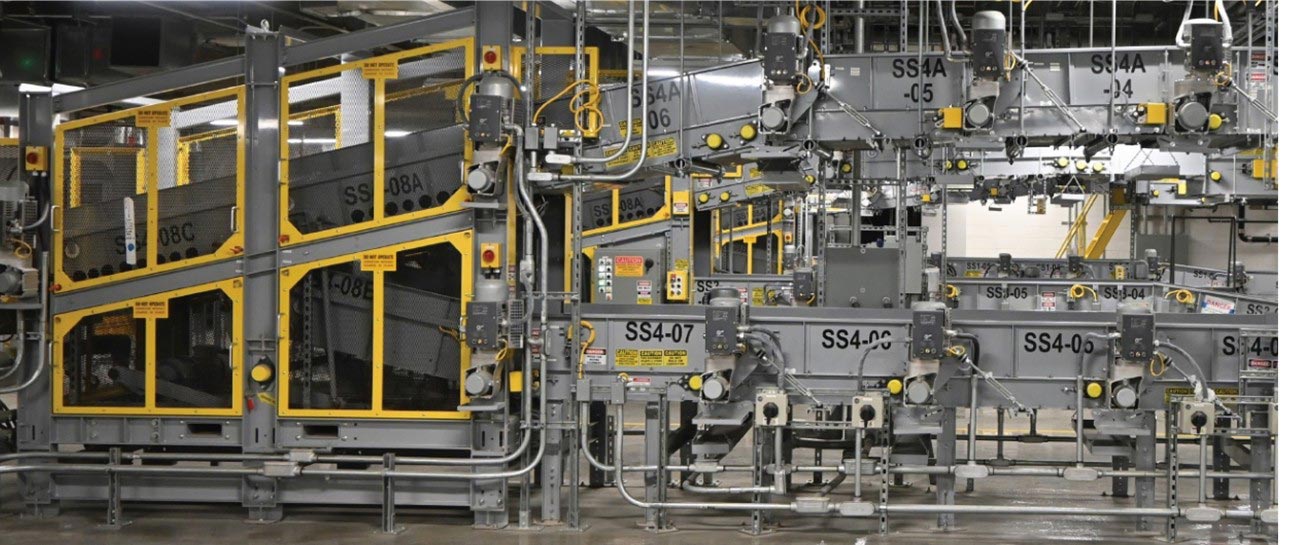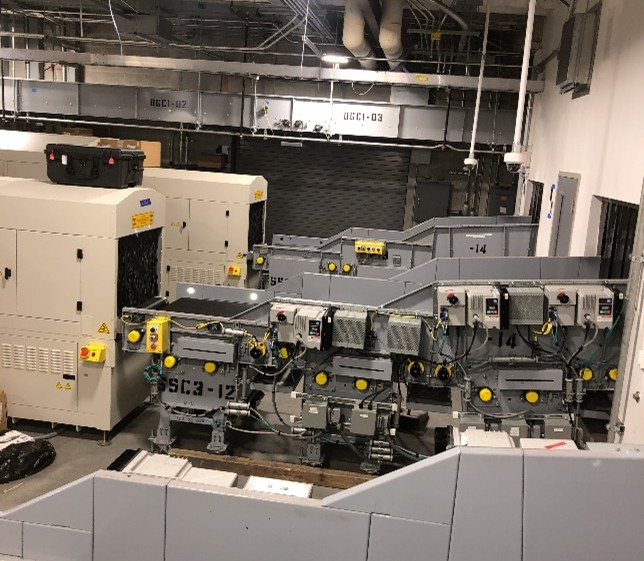Overview
KAAN Architects retained BNP as part of an architecture and engineering consortium to design the new Terminal A at Schiphol International Airport in Amsterdam. BNP is responsible for designing the baggage handling system, which will function as an extension of the existing South Bag Hall, sharing logistics and capacity between the two systems. The terminal is designed to accommodate 24 million passengers per year.
Flexible Design Requirements
The design needed to allow for an easy switch between origin-destination (OD) and hub-based operations. This required a flexible system that could support two different flight schedules. BNP conducted a detailed numerical analysis to identify the key requirements for the new baggage system.
Demand Analysis and Optimization
The findings were used to define baggage demand and inform a multidisciplinary concept study that validated the terminal’s shape and size. Due to the system’s flexible design, the new terminal can share the large Early Bag Store (EBS) that is part of the South Bag Hall system. This reduces the footprint needed for the building if the OD scenario is selected.
Innovative Solutions
Limited space and strong health and safety requirements from the stakeholders also led to the use of batch-processing technologies in the new terminal. Batching stations, using semi-automated loading, helped reduce the number of make-up positions while maintaining high make-up capacity.
Technology Implementation
BNP applied new technologies and processes to meet the high transfer, EBS, and make-up demands of Hub operations. Additionally, a strong interface with the existing bag halls was essential so both systems could work together for Hub operations or separately for OD, depending on the chosen mode.
System Validation
To demonstrate that the system could handle the expected demand, BNP created a comprehensive 3D simulation of the proposed system. This included the existing South Bag Hall, the rack-based EBS, and the new batching process.





